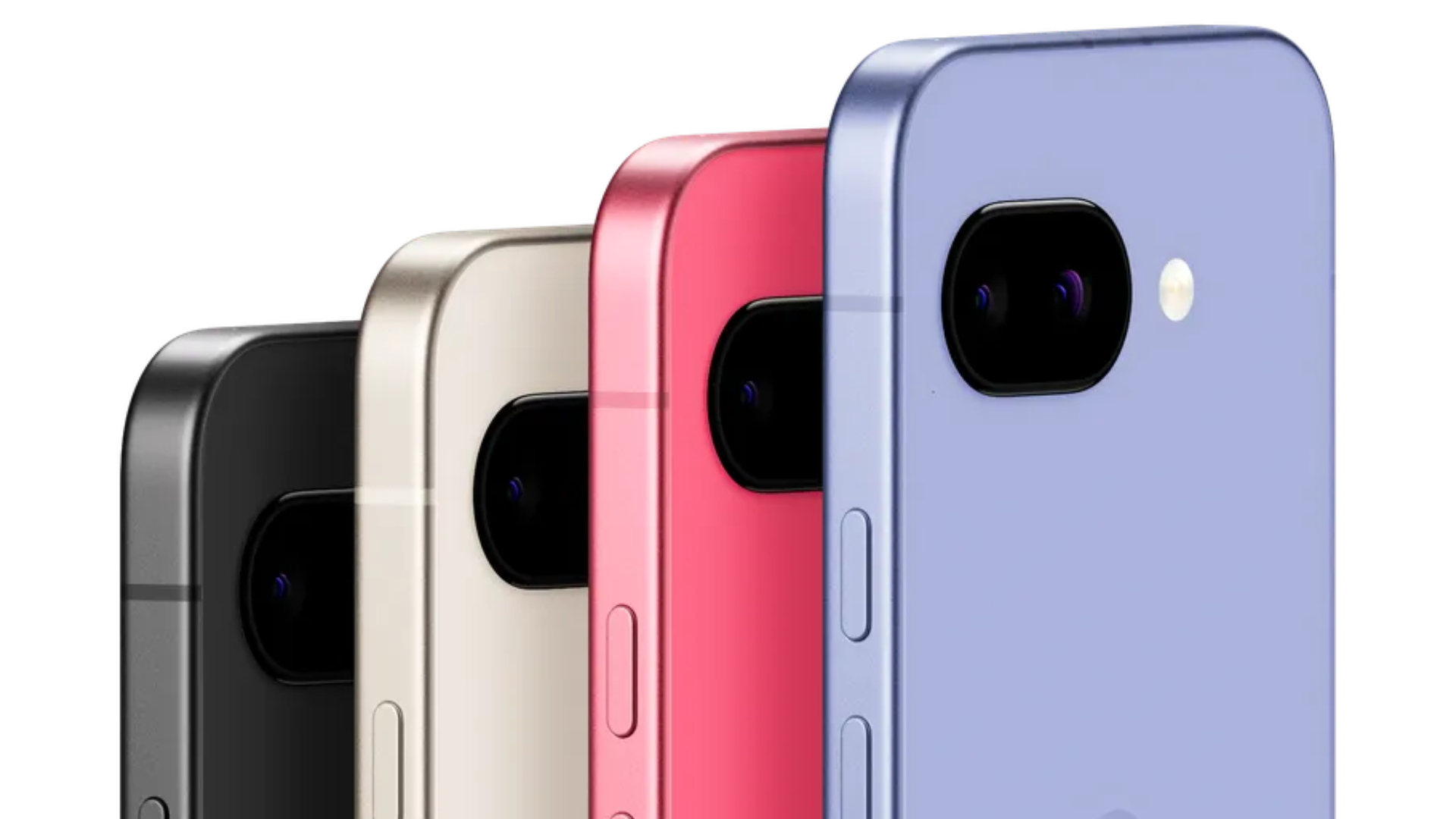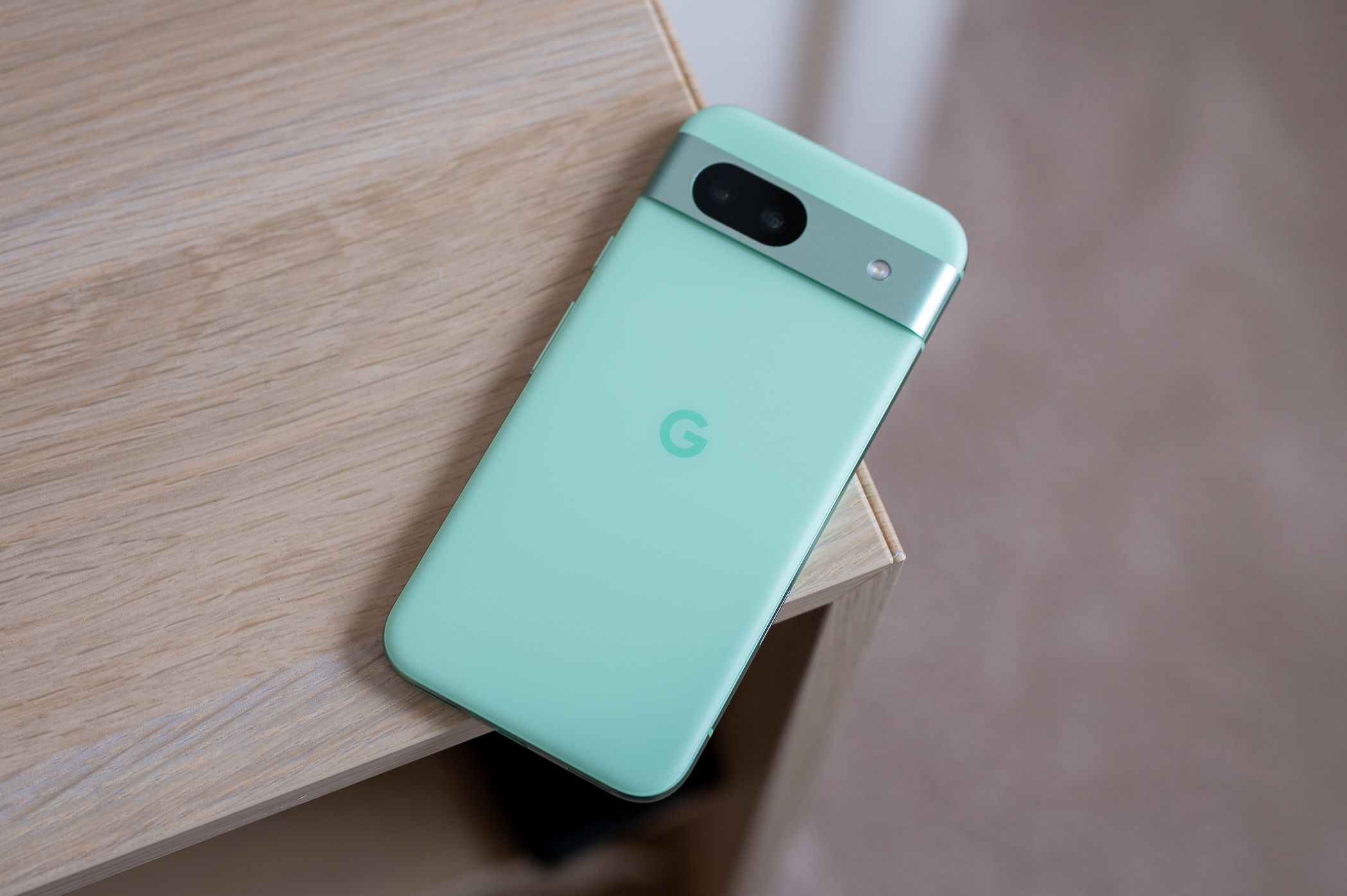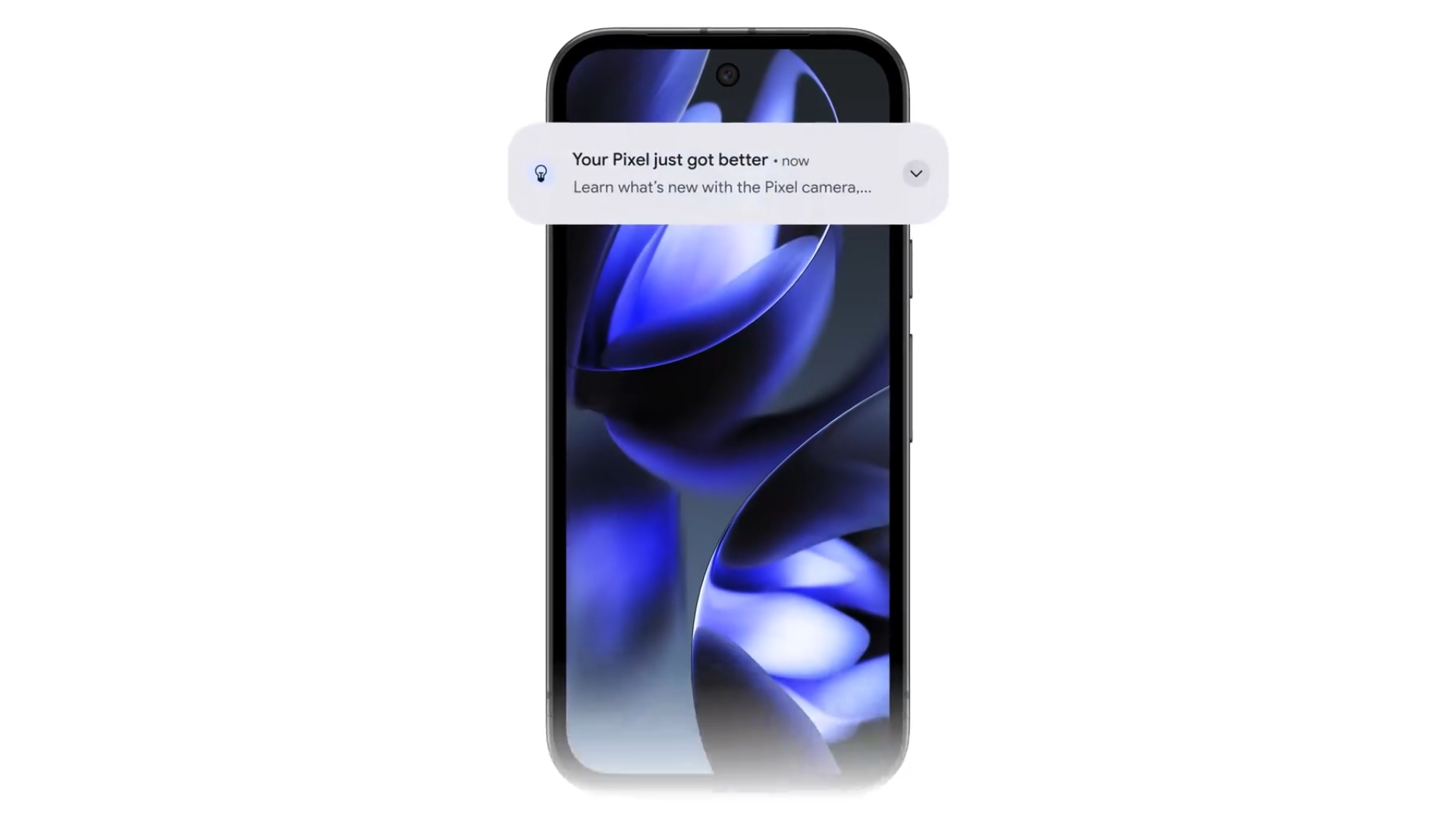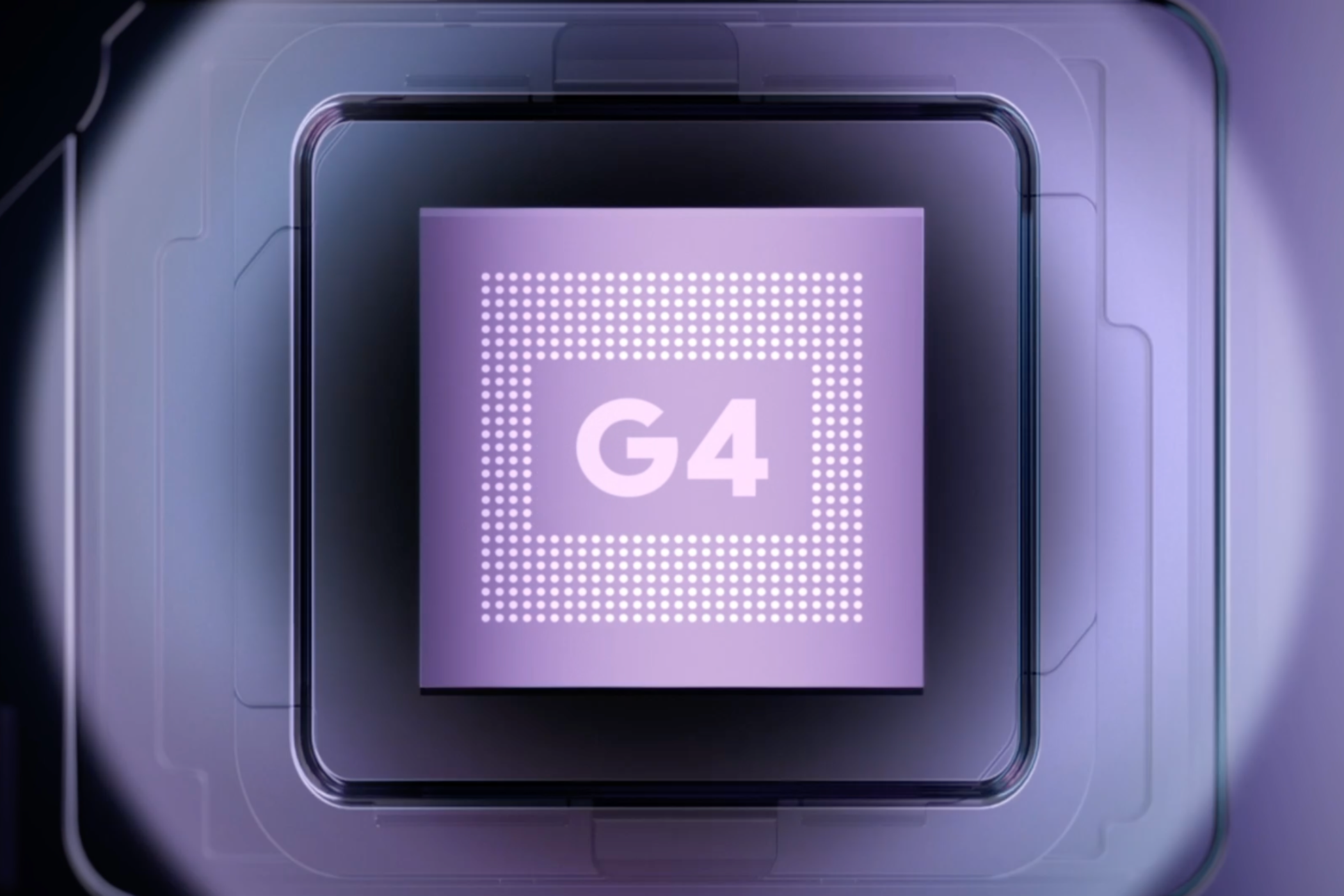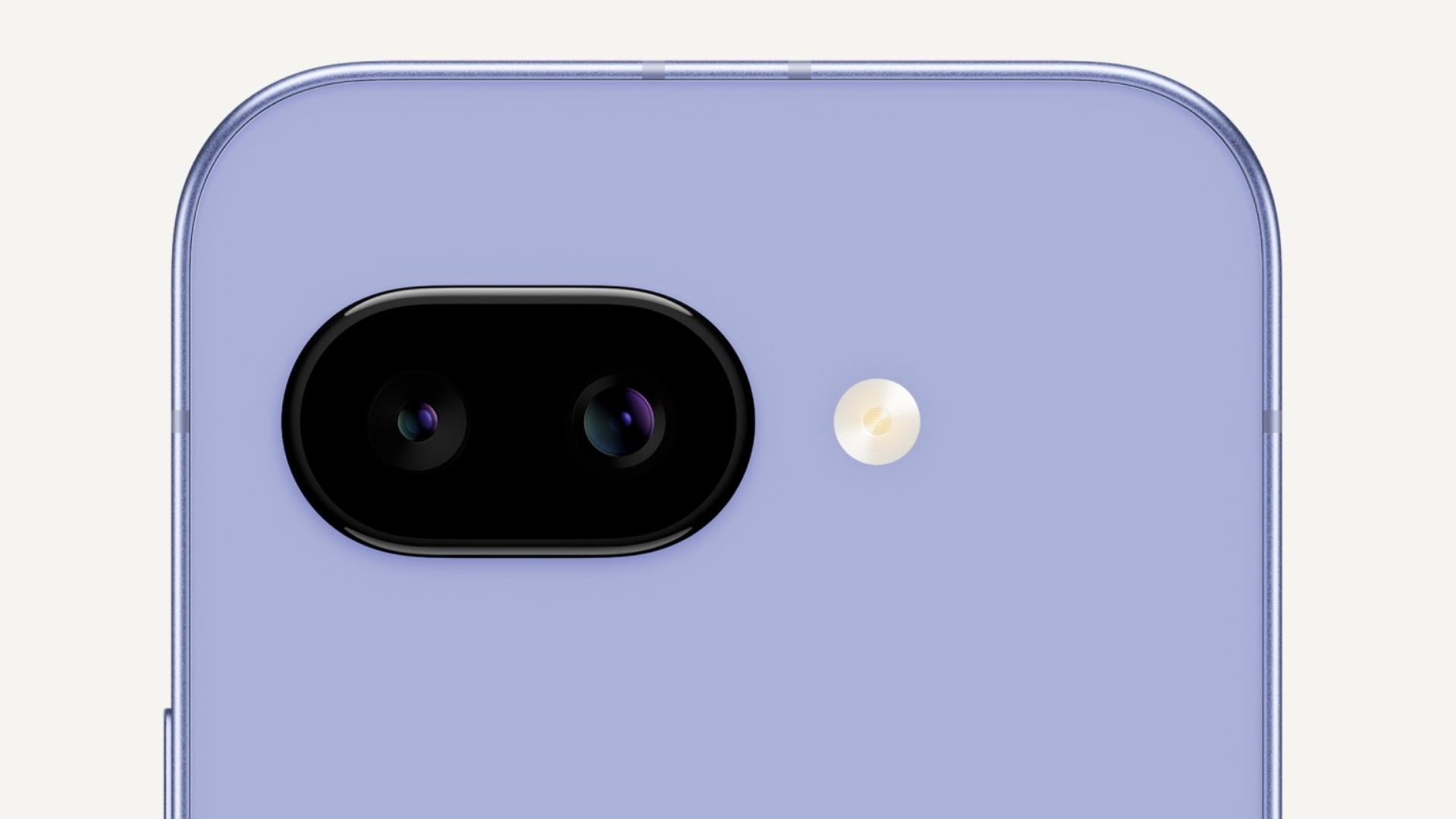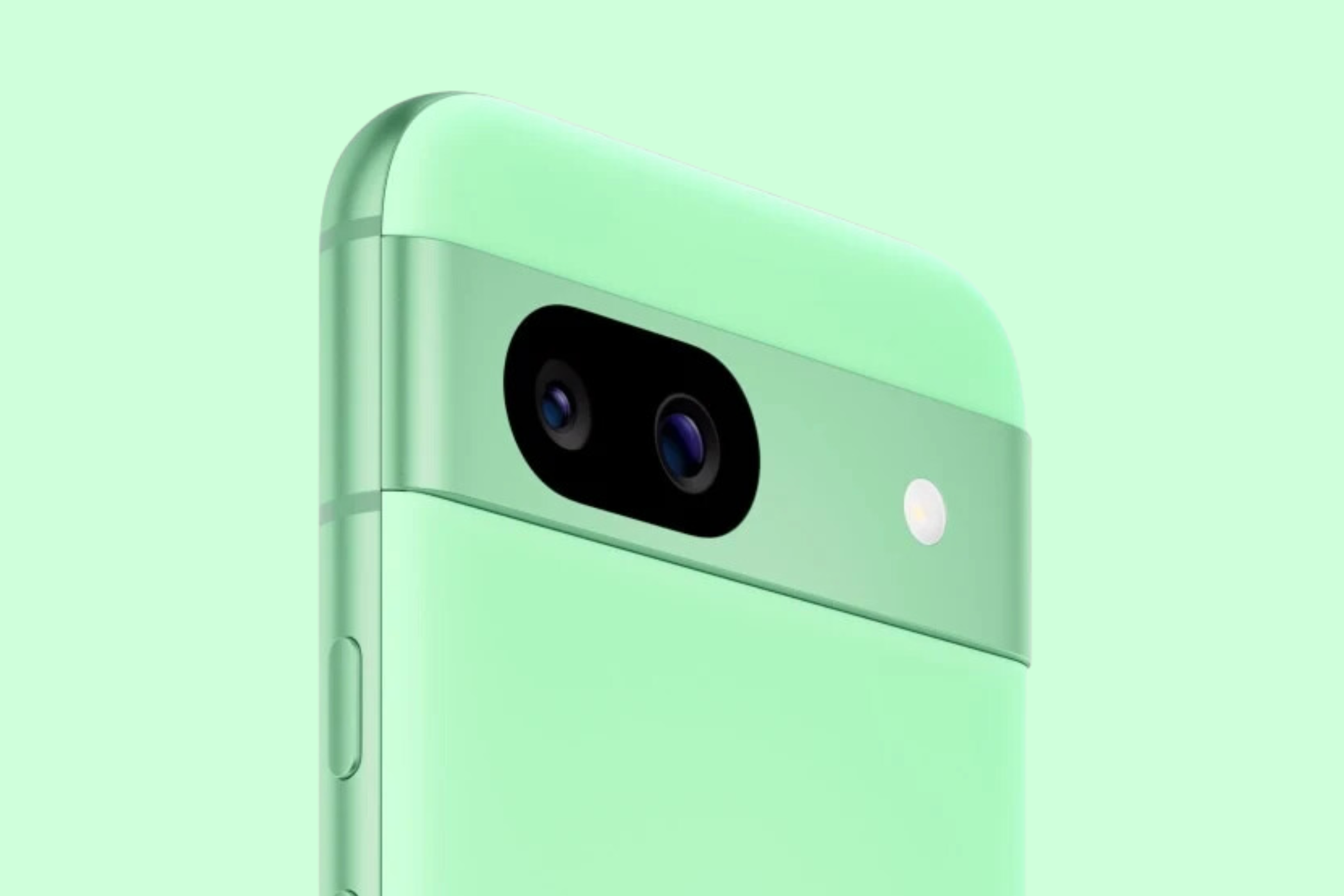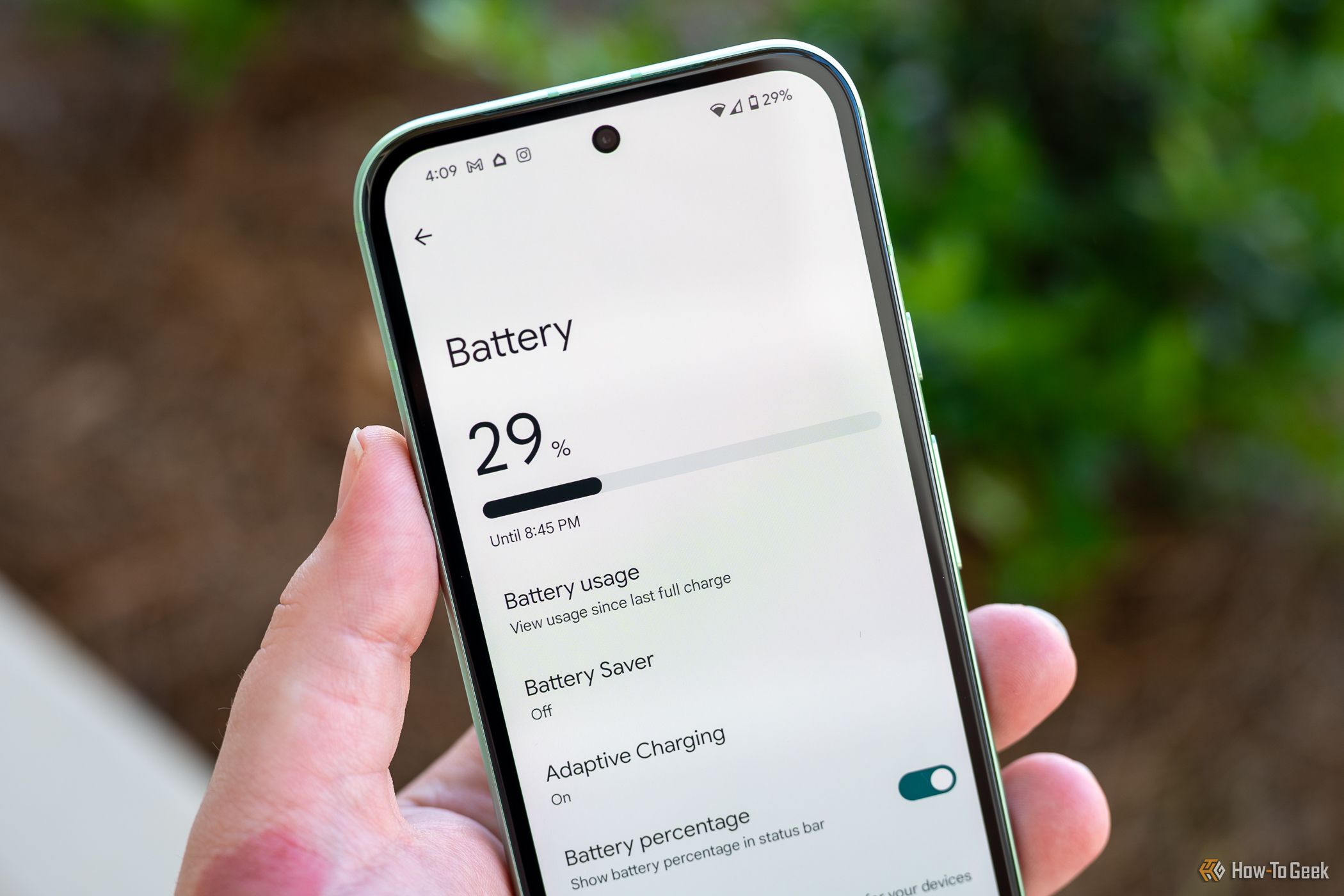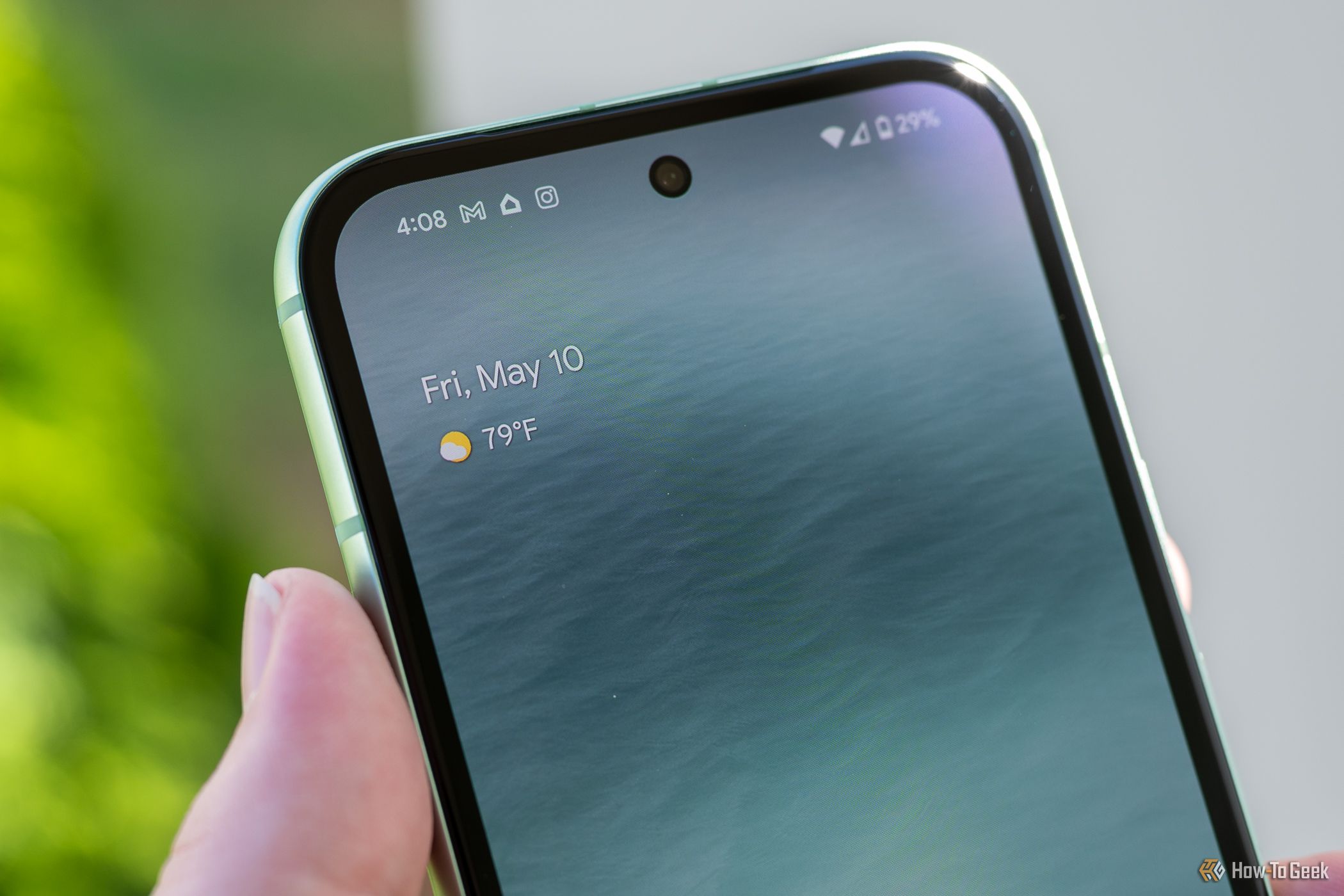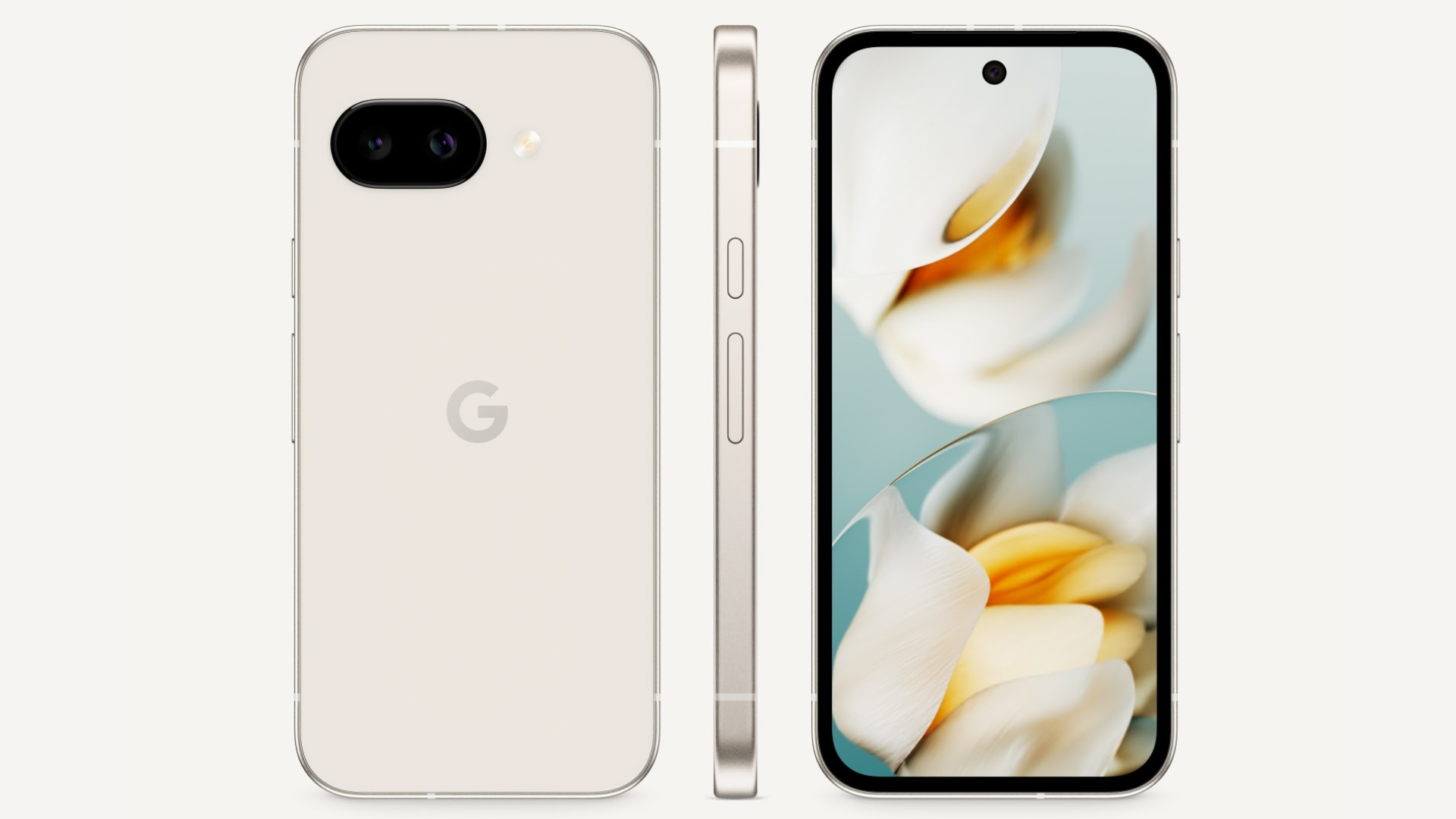Google has launched the Pixel 9a, the latest entrant in the Pixel A series. Although it comes out two months before the usual product cycle, the handset packs some solid upgrades over its predecessor, the Pixel 8a. So, should you upgrade? Let’s find out.
Pixel 9a Ditches the Rear Camera Visor
The Pixel 9a isn’t as compact as its predecessor. It is a tad longer (2.6mm), broader (0.6mm), and lighter (two grams) than the Pixel 8a, resulting in a bigger screen, but that’s not the main design highlight.
With the Pixel 9a, Google seems to have ditched the iconic horizontal camera visor. The design element that gave Pixel phones a distinct identity (for years) isn’t a part of the latest A series iteration anymore. Instead, the cameras are just a part of the back panel.
I don’t hold anything against the flushed camera design on the Pixel 9a. In fact, it makes the phone look sleeker. However, it’s just that the camera visor immediately separates Google’s smartphone lineup from any other model in the market.
Besides the camera visor, the Pixel 9a follows the same formula as the Pixel 8a: punch-hole screen with chunky bezels (and a slightly thinner chin), an aluminum frame with rounded corners, and a plastic back. However, the Pixel 9a’s frame isn’t curved at the back (the phone might not feel as ergonomic as the Pixel 8a).
Google has also upgraded the water resistance on the Pixel A series. The Pixel 9a has an IP68 rating, which is better than the IP67 rating of the Pixel 8a. Although that isn’t a drastic difference, as the Pixel 9a can survive in up to 1.5m of water for 30 minutes (up from 1m), it instills more confidence in the phone’s durability.
Last but not least, the Pixel 9a is available in two new colors — Iris (purple) and Peony (pink) — apart from the Obsidian and Porcelain finishes. The Pixel 8a, on the other hand, is available in Obsidian, Porcelain, Bay, and Aloe.
The Pixel 9a Features a Bigger and Brighter Screen
The Google Pixel 9a has a 6.3-inch pOLED screen that has a resolution of 2424 x 1080 pixels (422 ppi) and supports a refresh rate of up to 120Hz. Regarding visibility, the entire screen can shine as bright as 1800 nits, while the peak brightness is 2700 nits.
In comparison, last year’s Pixel 8a had a more compact 6.1-inch OLED screen with 2400 x 1080 pixels (higher pixel density at 430 ppi) and a similar refresh rate of up to 120Hz. However, the screen has a peak brightness of 2000 nits, which is significantly lower than that of the Pixel 9a.
Both phones can handle HDR10 content, provide always-on functionality, and feature Gorilla Glass 3 for protection against scratches. Moreover, the Pixel 9a has a bigger and brighter panel, making it a better choice for multimedia consumption.
Tensor G4 vs. Tensor G3
The Pixel 9a gets the Tensor G4 (4nm) chipset from the Pixel 9 lineup, and it is definitely more capable than the Tensor G3 (4nm) SoC on the Pixel 8a. With a faster prime core (3.1 GHz vs. 3.0 GHz) and the Mali-G715 MP7 GPU, the Tensor G4 does slightly better in the GeekBench 6 CPU test than the Tensor G3.
While Google’s latest chipset still doesn’t match the raw performance one would get from Apple’s A18 or Qualcomm’s Snapdragon 8 Elite SoC, the company is sure about its ability to handle all the staple, day-to-day tasks that users perform on the handset.
Although Google doesn’t specify the type of RAM and storage on the Pixel 9a, the phone comes in the same configurations as the Pixel 8a: 8/128GB and 8/256GB. It is important to mention that the Pixel 8a features LPDDR5X RAM and UFS 3.1 storage.
The Pixel 9a could have benefited from some additional gigabytes of memory. But even so, Google’s latest affordable handset should be able to easily handle multitasking, casual gaming, and high-quality (up to 1080p) video editing. You can also run demanding video games on the handset, which might result in a choppy frame rate.
Both Phones Get Seven Years of Software Support
Software support isn’t an issue on either of the handsets. Both the Pixel 9a and the Pixel 8a run on the latest Android 15 mobile operating system. Further, Google has promised to support them for seven years with software and security updates. It’s just the difference in the launch year that favors the Pixel 9a.
Google claims that the Pixel 9a is the only smartphone featuring Gemini Nano that is under $500. The AI assistant works with Google’s apps like Maps, Calendar, and YouTube. While there’s access to Gemini Live, Gemini Advanced subscribers will also get access to video and screen-sharing capabilities on the handset.
Although there are other features like Circle to Search and Pixel Studio, the Pixel 9a doesn’t feature Pixel Screenshots and the Call Notes feature. Given that these features require more than 8GB of RAM, they aren’t available on the Pixel 8a as well.
Did Google Downgrade the Cameras on the Pixel 9a?
On paper, Google swapped the 64MP (f/1.9, 1/1.73″, OIS) primary sensor on the Pixel 8a with a slightly smaller 48MP (f/1.7, 1/2.0″, OIS) primary sensor. However, given the company’s history of managing excellent results from not-so-extraordinary sensors, the Pixel 9a’s main camera should capture equally good pictures and videos (if not better).
Besides the main camera, both phones share a 13MP (f/2.2) ultrawide camera with a 120° field of view and a 13MP (f/2.2, ultrawide) selfie shooter. Like the Pixel 8a, the rear cameras can record 4K videos at up to 60 fps, while the selfie shooter is limited to 4K videos at 30 fps.
Carrying on its legacy as a photography-oriented smartphone series, the Pixel 9a provides several features, including Super Res Zoom (up to 8x), Face Unblur, Add Me, Magic Editor, Auto Frame, Reimagine, and Audio Magic Eraser for videos (the spec sheet contains more features).
What’s interesting is that the Pixel 9a, for the first time in an A-series smartphone, features macro mode. However, unlike the macro mode on the flagship Pixel 9 series, the one on the Pixel 9a relies on the primary camera.
According to a report by Android Authority, the macro mode works best if the subject is five centimeters away from the camera.
Pixel 9a Outshines Pixel 8a in Terms of Battery Life
Besides the display and the processor, battery life is another major upgrade on the Pixel 9a.
The handset features a 5,100 mAh battery that should provide a “30+ hour battery life” and up to 100-hour battery life with the Extreme Battery Saver mode. This is a huge improvement over the 4,492 mAh battery on the Pixel 8a, which was rated for over 24 hours of usage.
While the wired charging speed of the Pixel 9a is higher (23W vs. 18W), the wireless charging speed remains the same (7.5W). In addition, both phones can limit charging to 80% and support bypass charging.
Pixel 8a Supports Both Sub-6 GHz and mmWave 5G Networks
Connectivity options on the Pixel 9a and the Pixel 8a include Wi-Fi 6e, Bluetooth v5.3, NFC, and a USB Type-C 3.2 port. The latest installment in the A series supports dual-band GNSS GPS, which can track signals from the L1 and L5 bands, enhancing the positioning system’s availability and accuracy.
While the Pixel 8a supported sub-6 GHz and mmWave 5G networks, the Pixel 9a lacks mmWave connectivity. So, if you’re used to the faster network, sticking with the Pixel 8a makes sense. However, the phone lacks the Satellite SOS feature.
The Pixel 9a Costs the Same as Pixel 8a
Though Google launched the Pixel 9a (128GB) at $499 (the same price as the Pixel 8a), the pre-orders were delayed until April due to a “component quality issue.” At the price, the Pixel 9a offers exceptional value as an all-rounder smartphone with an extraordinary camera setup and a clean user interface.
Launched at $499, the Pixel 8a is available for as low as $299 at Best Buy if you’re willing to activate it with a carrier at the time of purchase. No matter how much value the new phone offers, you can’t beat the Pixel 8a at $299. If you’re using a three or four-year-old Android smartphone and wish to upgrade, now’s a good time.
|
Pixel 9a |
Pixel 8a |
|
|
128GB |
$499 |
$499 |
|
256GB |
$559 |
$559 |
-
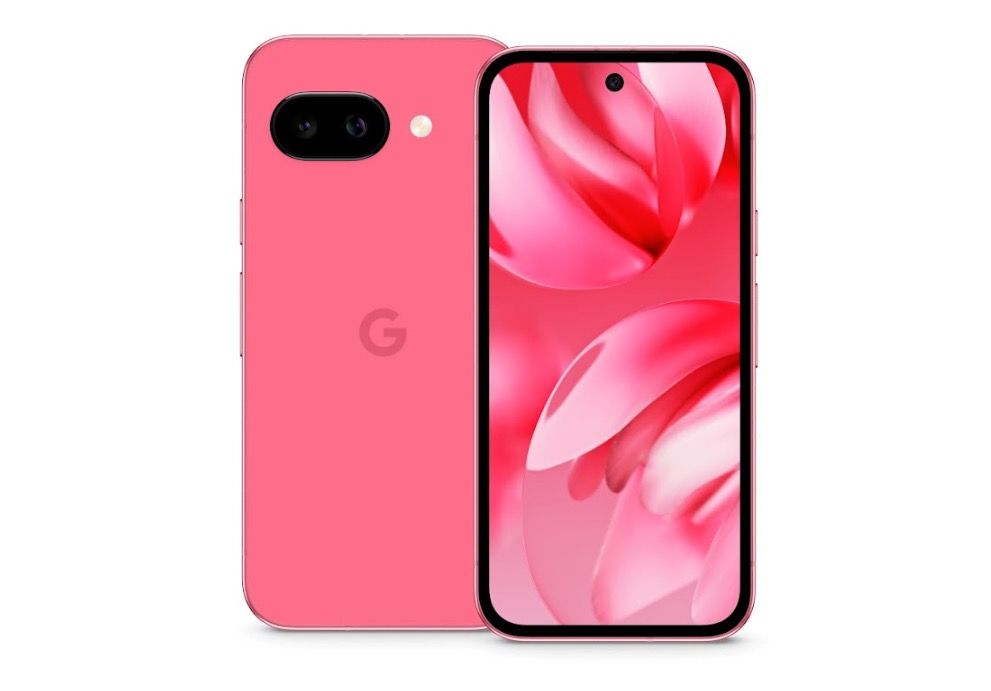
Google Pixel 9a
The latest Pixel has high-end cameras, great battery life, and is the most durable model yet—all for $499.
-
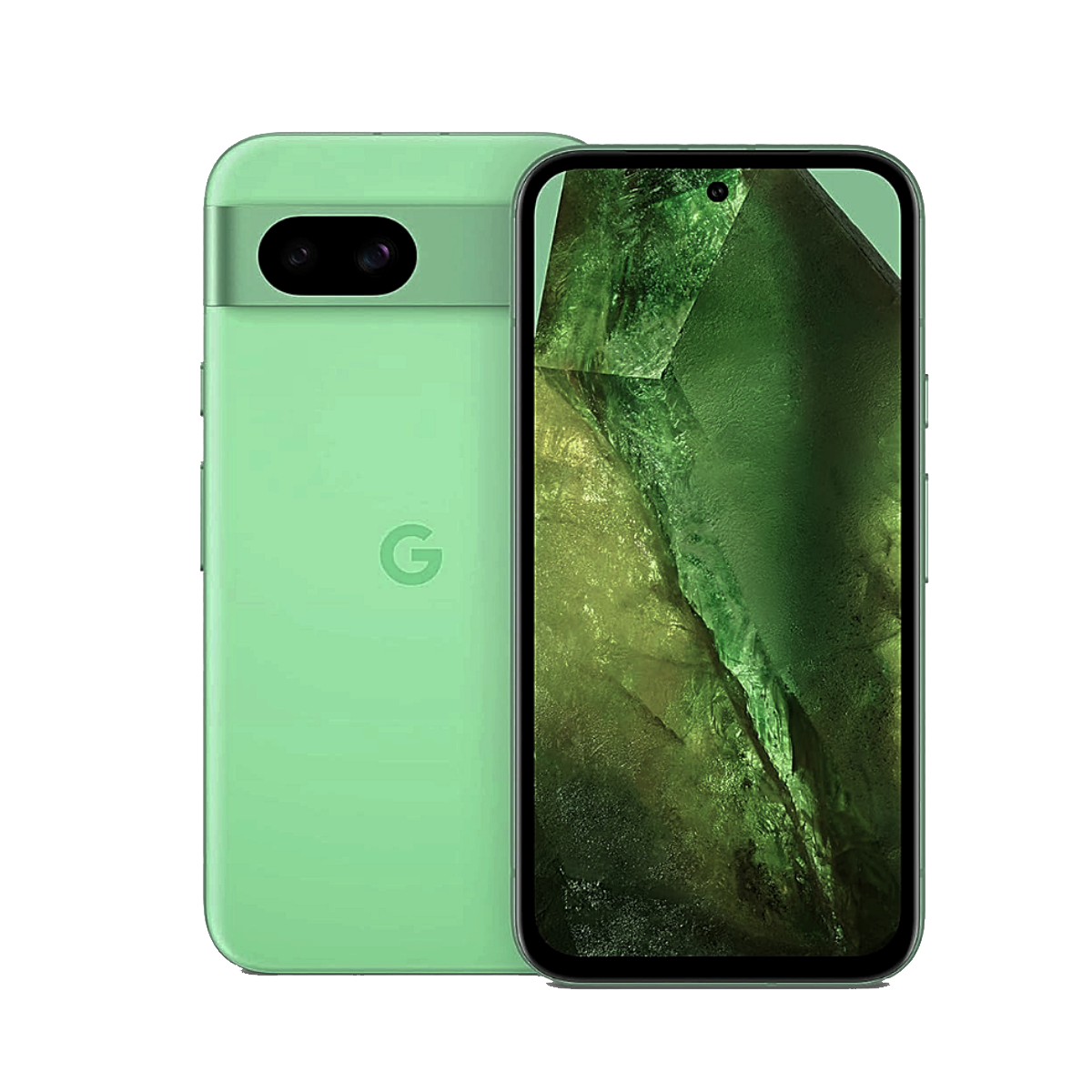
Google Pixel 8a
$408 $499 Save
$91The Google Pixel 8a is a mid-range smartphone powered by the Google Tensor G3 SoC. It starts at $499 and includes excellent camera features. It also has an all-day battery life, making it a great budget-friendly phone if you can find it on sale.
If you already own the Pixel 8a, there are fewer reasons to upgrade. You probably went for the handset for its compact design, and the Pixel 9a has grown a bit. Sure, the phone features a slightly faster processor, but the Tensor G3 is equally capable of handling day-to-day tasks. The primary camera on the Pixel 8a is an excellent one as well.
The only reason to upgrade could be the battery life. If you feel that the Pixel 8a doesn’t last as long between charges, consider exchanging it for the Pixel 9a. Otherwise, stay put with the Pixel 8a; it has yet to receive another six years of operating system upgrades.


